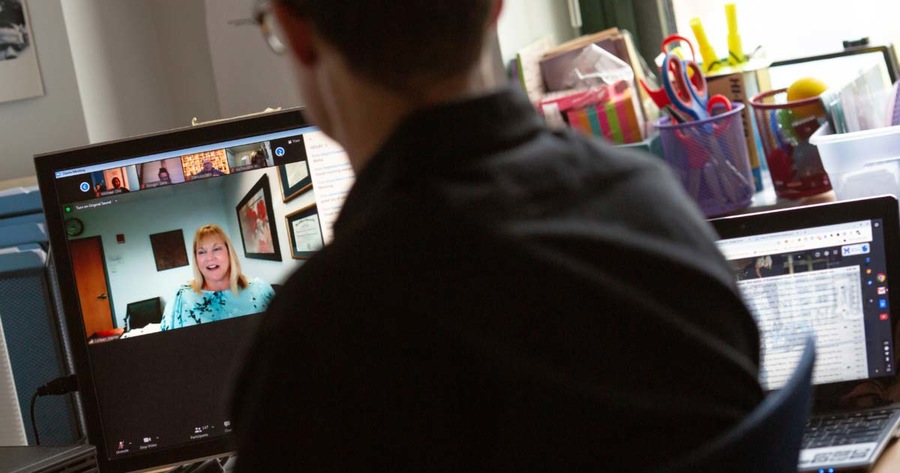Early Lessons from Schools and Out-of-School Time Programs Implementing Social and Emotional Learning presents findings from the first two years of the Partnerships for Social and Emotional Learning Initiative (PSELI), a multiyear effort exploring whether and how children can benefit from partnerships between schools and OST programs focused on building social and emotional skills. The report, authored by the RAND Corporation, focused on the six communities in the initiative funded by The Wallace Foundation and is designed to be useful to those carrying out SEL instruction in schools, out-of-school-time programs or both.
When it comes to launching and coordinating SEL work across multiple sites, the report found that regardless of the degree of influence and oversight that districts and OSTIs exert in OST programs, they play an indispensable role in supporting site-level implementation of multi-part initiatives. There were several key takeaways and early lessons found from the PSELI communities studied:
• A clearer vision for SEL, paired with desired "look-fors," could have supported a stronger launch. Defining SEL, creating shared terminology, and establishing what successful implementation would look like took longer than planned in all six PSELI communities. By the second year, communities had developed clearer guidance about which SEL skills to focus on and what practices sites should emphasize, and site leaders said this guidance was helpful.
• Clear system-to-site communication required dedicated staff time. The hire of a system-level SEL manager was instrumental to improved communication about the SEL work from the district and the OSTI to schools and OST programs. Principals' and OST managers' uneven consumption of written communication, such as emails, meant that the system-level staff needed to create a variety of mechanisms for successful communication, including phone calls, coaching visits, and in-person meetings.
• Time constraints meant that this multi-part SEL project took more time to roll out than planned. The number one barrier that each community mentioned was site and system staff having insufficient time available to execute plans. As a consequence, most communities did not execute all of their planned PSELI activities on the originally intended timeline.
• Churn and unanticipated external events have been the norm, not the exception, requiring the communities to adapt their PSELI work to make it more resilient. Unanticipated events, such as teacher walkouts, on top of recurring high rates of staff turnover slowed progress. Several communities have adapted by embedding SEL more permanently into their structures by, for example, housing SEL within the district's academics department or linking SEL to other priority areas, such as trauma-informed practices.
Several early lessons gleaned from the report include: Prior to launching an SEL initiative, define the targeted SEL skills, and then define success in terms of desired, observable behaviors by instructors, students, or both; work backwards to then determine system-level supports needed for the end users; Create a manager role for the SEL effort that will be responsible for specifying what sites are supposed to implement, how, and when; and in anticipation of staff turnover, create onboarding materials about the SEL effort.
To read more on the topic of launching and coordinating SEL across multiple sites, view the report in its entirety by clicking here.
Courtesy of NAA.
Photo courtesy of Allison Shelley for American Education: Images of Teachers and Students in Action.




